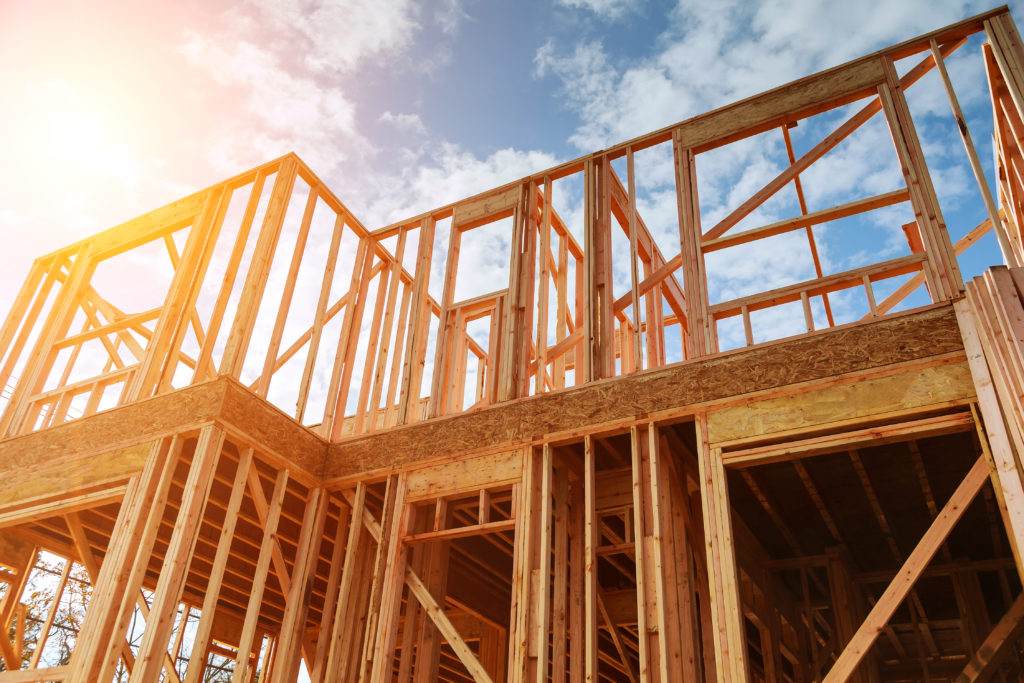By Ken Ryan
 There’s encouraging news for flooring dealers who rely on builder business. The last remaining states that had put a halt to residential construction activity due the COVID-19 pandemic—i.e., Michigan, New York, Pennsylvania, Washington and Vermont—are in the process of allowing home building to resume operations.
There’s encouraging news for flooring dealers who rely on builder business. The last remaining states that had put a halt to residential construction activity due the COVID-19 pandemic—i.e., Michigan, New York, Pennsylvania, Washington and Vermont—are in the process of allowing home building to resume operations.
The latest updates from the final five holdover states are as follows:
Michigan ready to roll
All construction projects, private and public, could restart on May 7. Michigan had about 180,000 construction workers in March, according to the U.S. Bureau of Labor Statistics. It was not immediately clear how many have lost work due to the pandemic, although road projects were allowed to continue under the governor’s stay-home orders. Jeff Wiggins, director of the Associated Builders and Contractors of Michigan, estimated that 70% to 80% of construction work has been halted, delayed or canceled.
New York treads carefully
In-person operations remain closed through May 15. Gov. Andrew Cuomo has announced plans to reopen regions of the state in coordinated phases, starting with construction and manufacturing, in mid-May. The Empire State’s number of cases and death rate from the coronavirus is the highest in the nation.
Pennsylvania’s protocols
All construction projects, private and public, could restart on May 1—as long as mandatory safety protocols are in place. The order issued by Gov. Tom Wolf said operations can resume “pursuant to the Governor’s and Secretary of Health’s April 20, 2020 amendments to the Business Closure Orders, so long as their activities strictly adhere to this guidance.”
For example, contractors returning to work will need new tools in their arsenal of safety precautions, including face masks for all employees, handwashing stations and staggered shifts. The guidance requires that employers maintain a 6-foot minimum distance between all workers “unless the safety of the public or workers require deviation” (such as with drywalling or team lifting work). It also requires that companies identify a “Pandemic Safety Officer” for each project or work site, or for each contractor on site at large-scale construction projects. This officer will convey, implement and enforce social distancing and other requirements of the governor’s order.
Washington forges ahead
Construction can resume for projects already under way prior to the stay-at- home order. Of course, this is contingent on if those projects can maintain social distancing of 6 feet for all workers. Before work on the projects can resume, all contractors must develop and post a plan at each site that addresses use of personal protective equipment such as masks and gloves, on-site social distancing and sanitation. In addition, a site-specific supervisor will be designated to enforce the safety plan to monitor the health of employees, and employees will undergo training on the new policies.
“If it can’t be done with social distancing, then it cannot proceed at this time,” said Gov. Jay Inslee, warning that sites will be shut down if they do not follow the protocols once they resume work.
Vermont jumps back in
As of April 27, Gov. Phil Scott allowed outdoor home-building activities to resume with a maximum of five total workers per job site. Interior construction may occur in uninhabited structures, adhering to social distancing standards with no more than five workers maintaining social distance between them whenever possible.
Safety first
The National Association of Home Builders (NAHB) has contended that residential construction can continue in a safe manner as long as workers are cautious and have altered their normal behavior to comply safety guidelines.
To keep workers safe on the job site, NAHB—along with other members of the Construction Industry Safety Coalition—have put together a Coronavirus Preparedness and Response Plan for Construction that outlines the steps every employer and employee should take to reduce the risk of exposure to and transmission of COVID-19. It describes how to prevent worker exposure to coronavirus, protective measures to be taken on the job site, personal protective equipment and work practice controls to be used, cleaning and disinfecting procedures, and what to do if a worker becomes sick.
